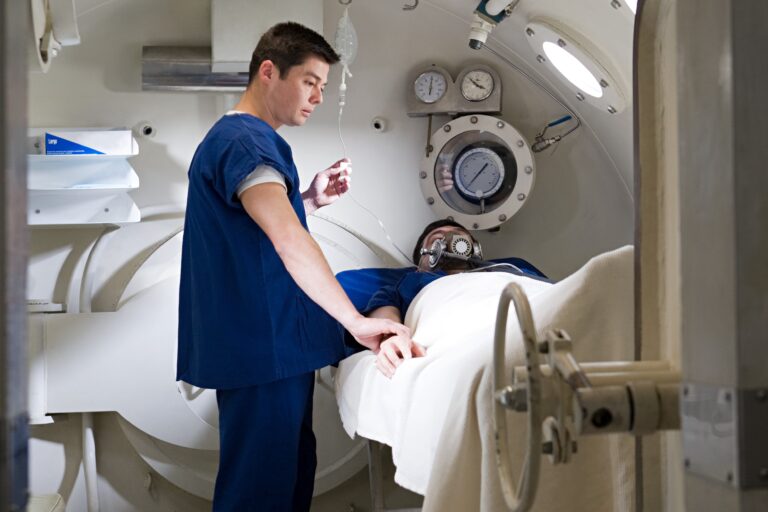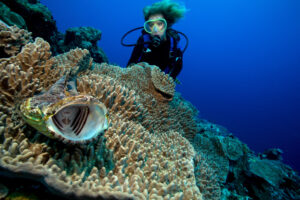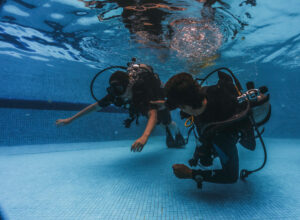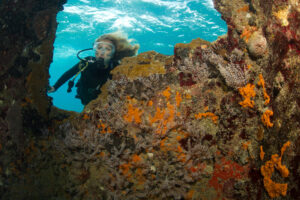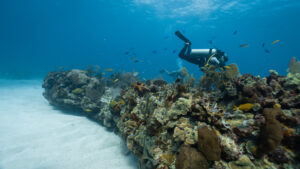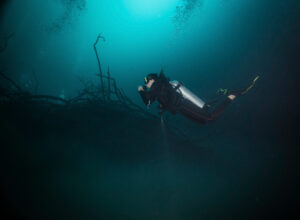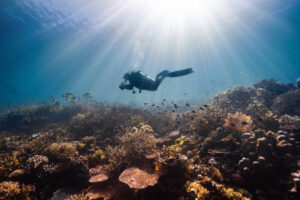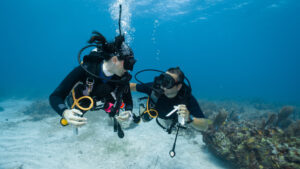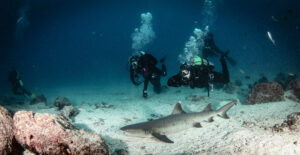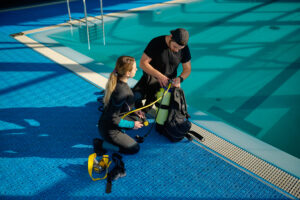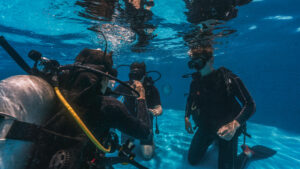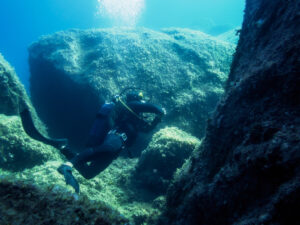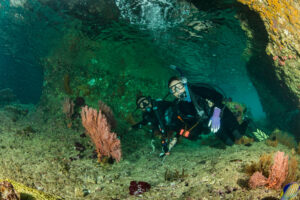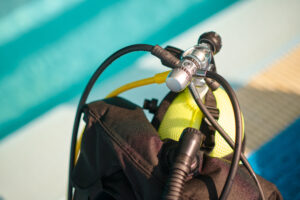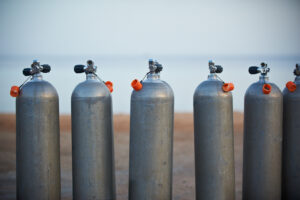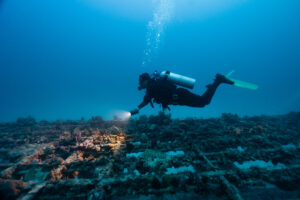What is Decompression Sickness (DCS)?
Decompression sickness, commonly referred to as DCS or “the bends,” is a medical condition that occurs in scuba divers when they ascend too rapidly or fail to follow proper decompression procedures during their dive. The condition results from dissolved nitrogen gas leaving the body tissues and forming bubbles when the ambient pressure surrounding the diver is reduced. These bubbles can cause a range of symptoms, depending on their size, location, and quantity. DCS is classified into two types: Type I, which involves musculoskeletal and/or skin manifestations, and the more severe Type II, which includes neurologic, cardiac, and/or pulmonary manifestations.
The Science Behind Decompression Sickness
Scuba diving exposes the body to increased ambient pressure as the diver descends. Under these conditions, the body tissues absorb nitrogen gas from the air breathed through the regulator. As long as the diver remains at depth, the nitrogen remains dissolved in the body tissues. However, during ascent, the ambient pressure decreases, and the dissolved nitrogen gas comes out of solution and forms bubbles. If the diver ascends slowly and follows proper decompression procedures, the nitrogen gas is gradually released through the lungs without causing harm. When a diver ascends too rapidly or skips decompression stops, the nitrogen gas forms larger bubbles that can cause damage to the body’s tissues and organs.
Type I Decompression Sickness
Type I DCS, also known as mild or non-neurologic DCS, typically presents with musculoskeletal and/or skin manifestations. Symptoms can vary widely and may include:
Joint and muscle pain
The most common symptom of Type I DCS is pain in the joints and muscles, often described as a deep, dull, and throbbing ache. The pain typically worsens with movement and is often localized to the large joints, such as the shoulders, elbows, hips, and knees.
Skin manifestations
Skin manifestations include itching, rash, or marbled appearance of the skin, known as cutis marmorata. The rash may be accompanied by mild to moderate swelling, and the affected skin may feel cool to the touch.
Lymphatic involvement
Swelling of the lymph nodes may occur, which can cause localized pain and tenderness.
Type I DCS usually resolves with prompt recompression therapy and oxygen administration. However, it is essential to seek medical attention promptly, as untreated Type I DCS may progress to the more severe Type II DCS.
Type II Decompression Sickness
Type II DCS is characterized by more severe symptoms involving the neurologic, cardiac, and/or pulmonary systems. It is less common than Type I DCS but has the potential to cause significant morbidity and mortality. Symptoms of Type II DCS may include:
Neurologic manifestations
Divers may experience symptoms such as numbness, tingling, or weakness in the limbs, dizziness, vertigo, ataxia (loss of coordination), or altered mental status. Severe cases may involve paralysis, seizures, or loss of consciousness.
Cardiac manifestations
Although rare, Type II DCS can cause chest pain, shortness of breath, palpitations, or even cardiac arrest due to the formation of nitrogen gas bubbles in the coronary arteries or heart chambers.
Pulmonary manifestations
Known as “chokes,” pulmonary manifestations include chest pain, shortness of breath, and cough, which may progress to respiratory failure if not treated promptly.
Inner ear involvement
Inner ear DCS, also known as vestibular DCS, may present with severe vertigo, nausea, vomiting, and hearing loss.
Prompt treatment is crucial for Type II DCS, as delayed therapy can lead to permanent neurological damage or death.
Prevention and Treatment of Decompression Sickness
Preventing decompression sickness is of utmost importance for scuba divers. Several measures can be taken to minimize the risk of DCS:
Dive planning
Plan your dives conservatively, adhering to established dive tables or using dive computers to manage your depth and time underwater. Always include a safety stop, typically at 15 feet for 3-5 minutes, at the end of each dive.
Gradual ascent
Ascend slowly during your dive, not exceeding a rate of 30 feet per minute. A slower ascent allows for adequate off-gassing of nitrogen, reducing the risk of bubble formation.
Avoid repetitive deep dives
Limit the number of deep dives or dives with significant decompression requirements within a short period.
Stay hydrated
Proper hydration helps maintain blood flow and promotes efficient off-gassing of nitrogen.
Avoid alcohol and smoking
Alcohol and smoking can impair your body’s ability to off-gas nitrogen and increase the risk of DCS.
Avoid flying or high-altitude activities
Wait for at least 12-24 hours after diving before flying or engaging in high-altitude activities, as reduced atmospheric pressure can trigger DCS symptoms.
In the event of DCS symptoms, it is crucial to seek immediate medical attention. Treatment for decompression sickness generally involves:
Administering 100% oxygen
Breathing pure oxygen helps to flush nitrogen out of the body and can alleviate some symptoms of DCS.
Recompression therapy
The definitive treatment for DCS is recompression in a hyperbaric chamber, which involves increasing the pressure around the patient to force nitrogen gas back into solution and allow for gradual decompression. This therapy is most effective when initiated promptly after the onset of symptoms.
Supportive care
Depending on the severity of the symptoms, additional supportive care may be necessary, including medications for pain relief, fluids for hydration, and treatment for any complications arising from DCS.
Decompression sickness is a serious concern for scuba divers, but with proper education, dive planning, and adherence to safe diving practices, the risk can be minimized. Understanding the difference between Type I and Type II DCS, recognizing the symptoms, and seeking prompt medical attention in the event of suspected DCS can help ensure a safe and enjoyable diving experience.

